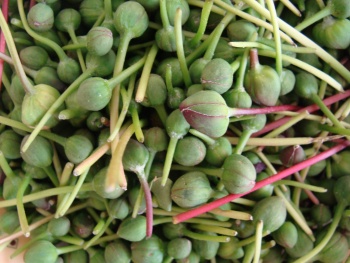Caper
From Wikiwel
Other Names : Capers, Alcaparras, Cabra, Caper Bush, Capparis rupestris, Capparis spinosa, Cappero, Câprier, Câprier Épineux, Câpre, Câpres, Fabagelle, Himsra, the caper bush, Flinders rose, Himsra
The caper is a plant. The unopened flower bud and other parts that grow above the ground are used for medicine.
Special Precautions of Caper
- Diabetes: There is some concern that capers might alter blood sugar control in people with diabetes. Monitor you blood sugar closely if you have diabetes and use capers.
- Surgery: Capers might affect blood sugar levels. There is some concern that capers might interfere with blood sugar control during and after surgery. Stop using capers at least 2 weeks before a scheduled surgery.
- Capers can cause skin rash and irritation.
Benefits and uses of Caper are
- People use capers for diabetes, fungal infections, chest congestion, worms in the intestines, and a skin disease caused by parasites called leishmaniasis. Capers are also used as a tonic.
- Some people apply capers directly to the skin for dry skin and other skin disorders and for improving blood flow near the skin’s surface.
- Allergies : Capers are rich in the bioflavonoids rutin and quercetin (also found in apples, red onion and tea), both of which have antihistamine and anti-inflammatory properties. Quercetin is particularly effective as an anti-allergy remedy when taken with bromelain; an enzyme found naturally in pineapple.
- Capers are also eaten as a food and used as a flavoring.
- High in Kaempferol
